As an art teacher and homeschool mom, I spend a significant amount of time with children, observing them play and engage in art projects. Over the course of thousands of hours spent watching children, I have noticed the behaviors that spark creativity. You can promote child creativity by following some of these ideas. I want to share some advice to help you support child creativity. So I’m going to share key things I noticed need to be in place to lead children into this kind of play or work.
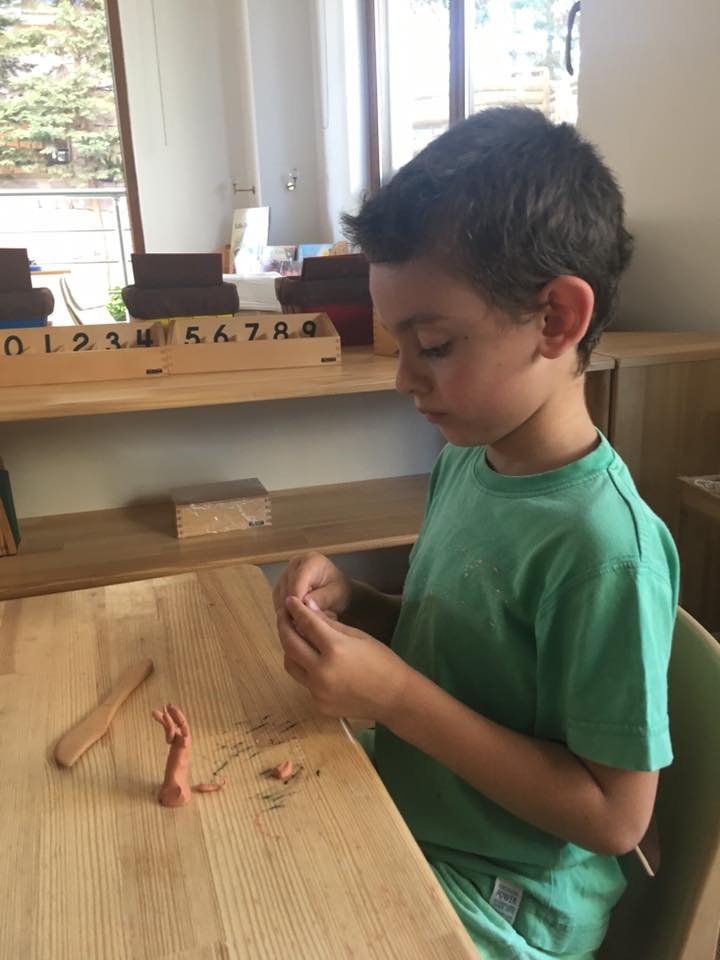
Creative art space
One of the first steps in encouraging your child’s learning through creativity is to prepare a special area for them to play and explore. This space could be a dedicated room, table, or corner they can engage in different activities. So by giving children the freedom to discover and create in environments that inspire creativity, you’re setting the stage for imaginative exploration.
For example, I set up a table for my son to build with Legos. I organized bins with all his Legos and tools, allowing him to experiment with building different structures. I focused on letting him enjoy the process rather than worrying about keeping everything tidy all the time.
And, I created a sewing and knitting area for my daughter. I made sure she had easy access to yarn and tools in a cozy space where she could start or store her projects. The goal was to provide a space that encourages creativity. While emphasizing staying organized, I also aimed to maintain a playful environment for her to experiment and leave projects out for later. This setup allowed her to express her creativity, come up with new ideas, and work on her projects freely.
In my art school, the art rooms are designed for open experimentation with all the necessary tools and materials for creating art. Children are encouraged to explore ideas and try different things. Even my early childhood students have space. A well-prepared environment supports such activities.
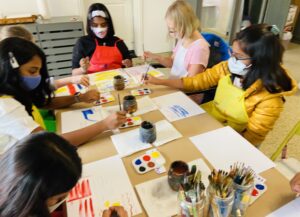
Creative Time
As an art teacher, I’ve learned that we can’t rush the process of discovery and creativity in children. Because we need to give them plenty of time to experiment and explore. This freedom to try out new things leads to exciting discoveries.
So when children are hurried through art activities, they miss out on the joy of experimenting. It’s important to schedule regular time slots for them to explore their ideas. Setting aside dedicated time for experimentation is key. Some teachers mention they only have 15 minutes for art lessons, but I believe this isn’t enough for meaningful learning. But learning should be given the time it deserves. Try to create suitable timeframes for children to discover and learn at their own pace.

Allow Curious discovery
First, It’s great to let students try things their way sometimes instead of always telling them what to do. When teachers and parents have deadlines to meet, we might miss out on exciting learning moments. Allowing kids to come up with ideas and solve problems on their own can lead to some really cool discoveries. Even if you know how something works, being flexible can help children uncover new things. Stay open to the process and don’t get too caught up in expected outcomes. This is a great way to promote child creativity.
Secondly, don’t Give Away the Answers Right Away! A common thing I’ve noticed is that teachers sometimes tell students the results they should expect before letting them experiment and figure it out themselves. For example, saying that mixing yellow and blue makes green without letting kids explore the colors first. Similarly, in science experiments, adults might influence the outcome, taking away the chance for kids to be genuinely curious about what might happen.
And thirdly, try asking questions like “I wonder” and “Let’s see what happens” during scientific activities. This way, you avoid giving away the answers too soon and make learning more fun. In my art classes, I introduce materials in a way that encourages exploration. Kids have time to play around, observe what happens, discuss it together, and then we move on to more structured lessons based on what they discovered.
Encourage process-based thinking
Finally, instead of just aiming for specific end results, try activities that focus on the journey of learning itself. Process-based activities are all about experimenting and exploring without worrying too much about the final outcome—it’s like an open adventure! When kids have the freedom to explore without strict rules, they can draw their own conclusions and even discover new directions to take within the activity. This kind of learning is key to hands-on and discovery-based education. If you want to know more about this approach, check out this blog on process-based art. Find out more about process-based art here.
Remember it’s important to understand that exploring is just as valuable as getting expected results. To let a child’s creativity shine, they need real chances to discover things on their own. The “3 C’s”—curiosity, child-led exploration, and creativity—are key in helping children develop their creative skills and imagination. These elements play a big role in nurturing a child’s artistic abilities. In my book “Nurturing Children in the Visual Arts,” I delve into how these 3 C’s spark creativity and imagination in kids.
Book Excerpts from Nurturing Children In The Visual Arts Naturally “The 3 C’s, I believe, can help a child hold onto their inward creativity and supply imagination. Many ask me why my own children and students are so creative and how to make their children more creative? I get very nice compliments that I’m a very gifted teacher; well, I’m here to tell you my source of talent. I simply nurture the natural structuralism of the child, and provide the environment and opportunities to keep curiosity flourishing. The 3 C’s are my answer to what stimulates visual art creativity. These are the elements that mold creativity, imagination and artistic skills within a child.” All copy rights reserved © 2014, Spramani Elaun.
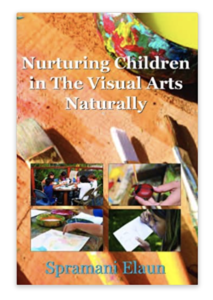
Nine art lesson ideas to promote creative thinking
Here are other ways you can promote child creativity with art activities. One, Provide a variety of art materials: Offer a diverse range of art supplies such as paints, paintbrushes, drawing supplies, collage materials, and 3D building materials. Having a wide selection encourages experimentation and creative exploration. Two, emphasize the process, not just the end result: By encouraging your child to focus on the experimentation rather than the final outcome. Talk about their ideas, thoughts, and the decisions they make during the artistic process.
Thirdly, encourage open-ended activities: Choose activities that have no right or wrong answers and allow for individual interpretation. For example, provide watercolor paper and paints and let your child freely explore their imagination without any predetermined instructions or restrictions. Fourth, offer open-ended prompts: Give your child prompts that encourage imagination and creative thinking. For instance, ask them to create a picture of an imaginary creature. These prompts can inspire them and explore new possibilities.
Fifth, provide unstructured time: Allow your child uninterrupted time for creative play and exploration. Avoid imposing too many rules or instructions. This gives them the freedom to experiment, make mistakes, and discover their own solutions. Sixth, create an inspiring art environment: Set up a dedicated art space at home with art supplies readily accessible. Display your child’s artwork proudly, creating a positive and encouraging atmosphere that celebrates their creativity. Seventh, engage in art alongside your child: Be a role model by participating in art activities with your child. Show enthusiasm, curiosity, and a willingness to explore different techniques. This shared experience can inspire and motivate your child to embrace their own creativity. I loved when my mom colored coloring books with me, it’s my most found memory of her!
Ninth, foster a supportive and non-judgmental environment: Encourage your child to express themselves without fear of criticism or judgment. Let them know that their ideas and creations are valued, regardless of how they compare to others’. Remember, the focus should be on the joy of creating, self-expression, and the process of exploration. Encourage your child to trust their instincts, take risks, and enjoy the journey of artistic discovery.
Spending time with children in the art room has truly been one of the most rewarding experiences I have ever had! Watching them figure out how to solve problems and create something new is both inspiring and empowering. If you enjoyed this blog don’t forget to sign-up for my weekly free art newsletter.
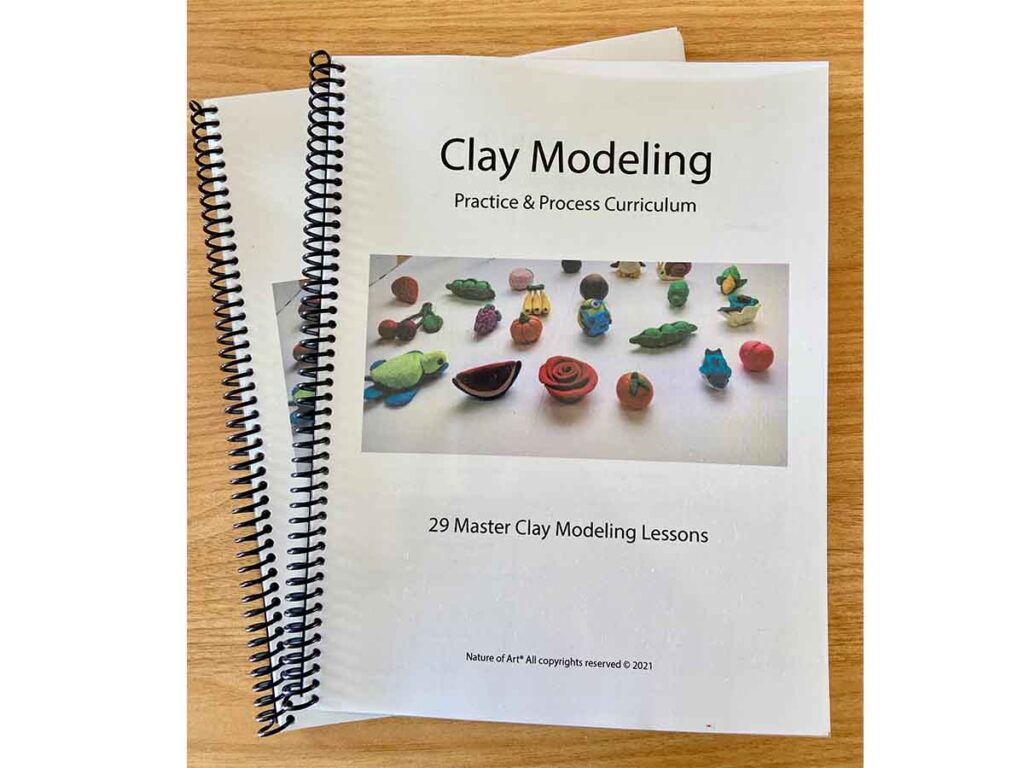
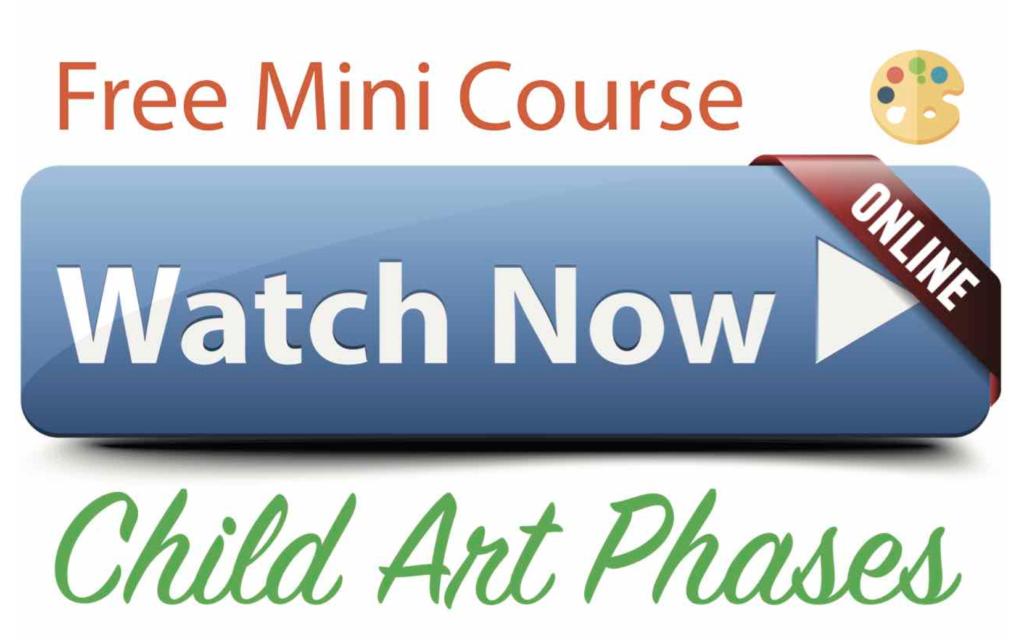
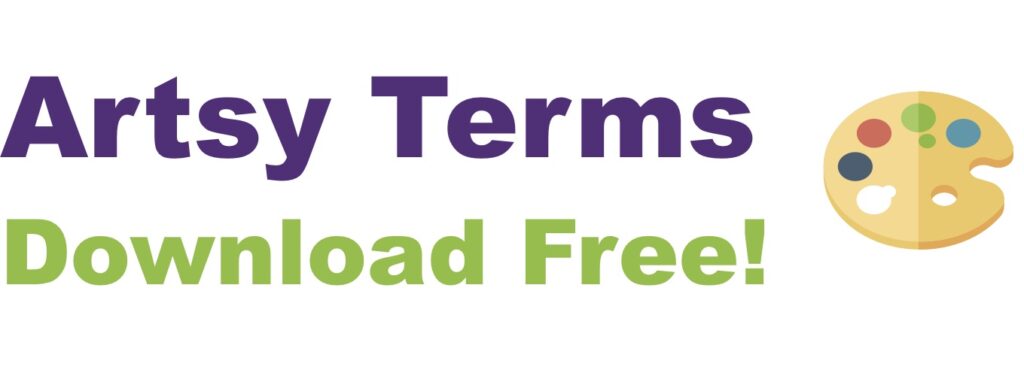
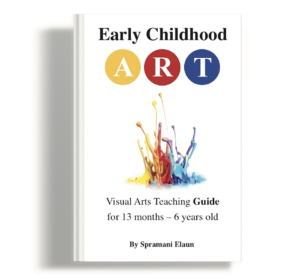
All rights reserved © 2025, Nature of Art®

No part of this blog may be used or be reproduced in any manner whatsoever including reproducing, publishing, performing, and making any adaptions of the work – including translation into another foreign language without written permission except in the case of brief quotations embodied in critical articles and reviews. Nature of Art® Publishing P.O. Box 443 Solana Beach, California 92075.
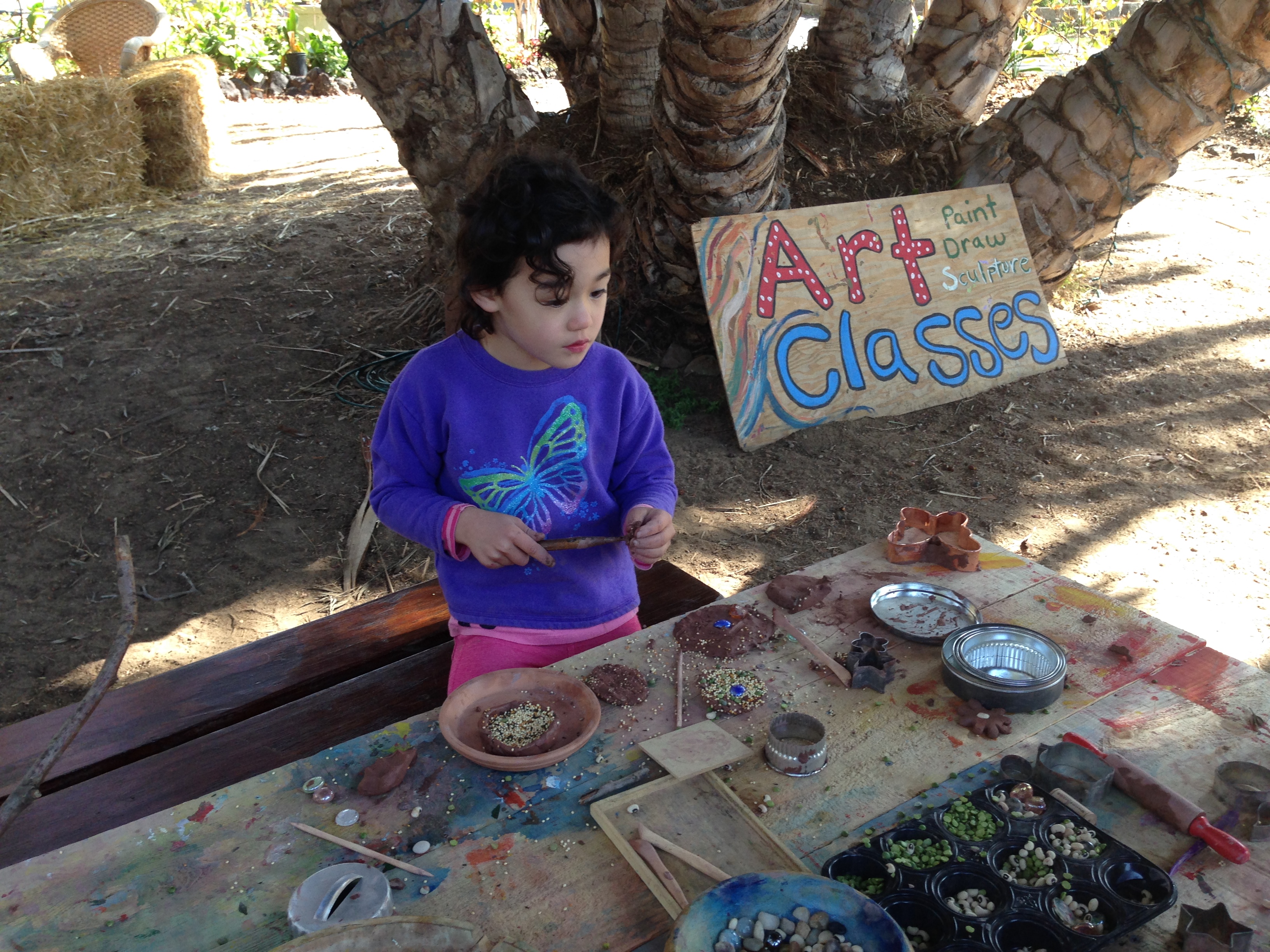
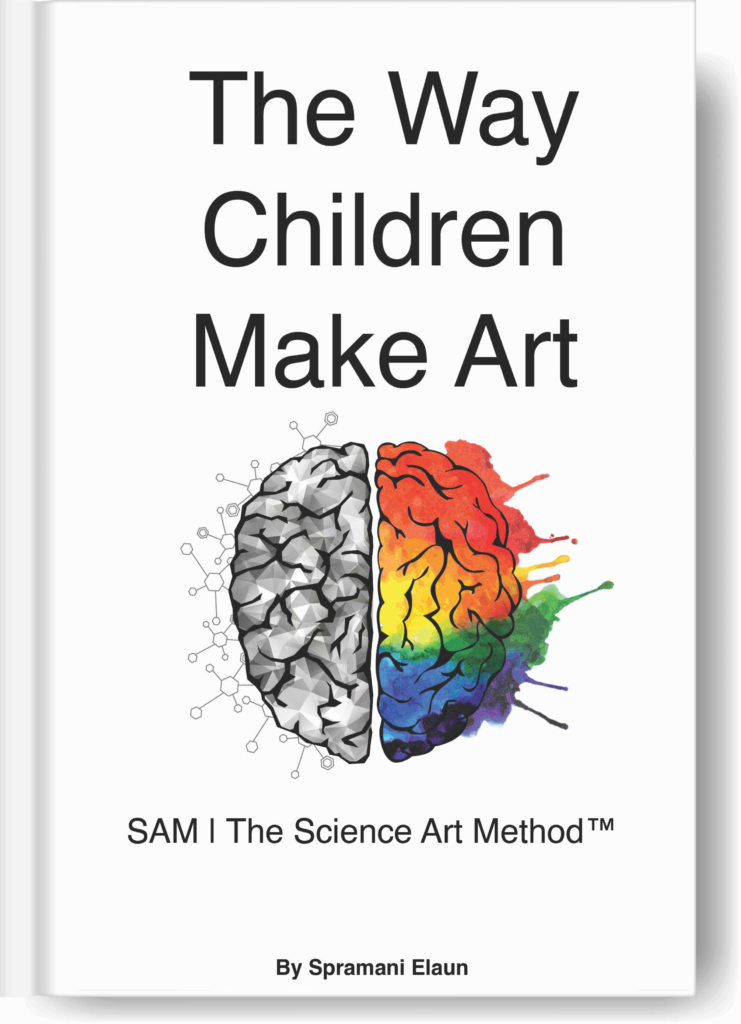



Recent Comments
[…] finger paint into wide easy bowls along with a safe surface to smear or paint in a discovery exploratory fashion. (Read more about discovery exploratory art, click […]
[…] Click Blog | Child Art Discovery and Exploration […]
Comments are closed.